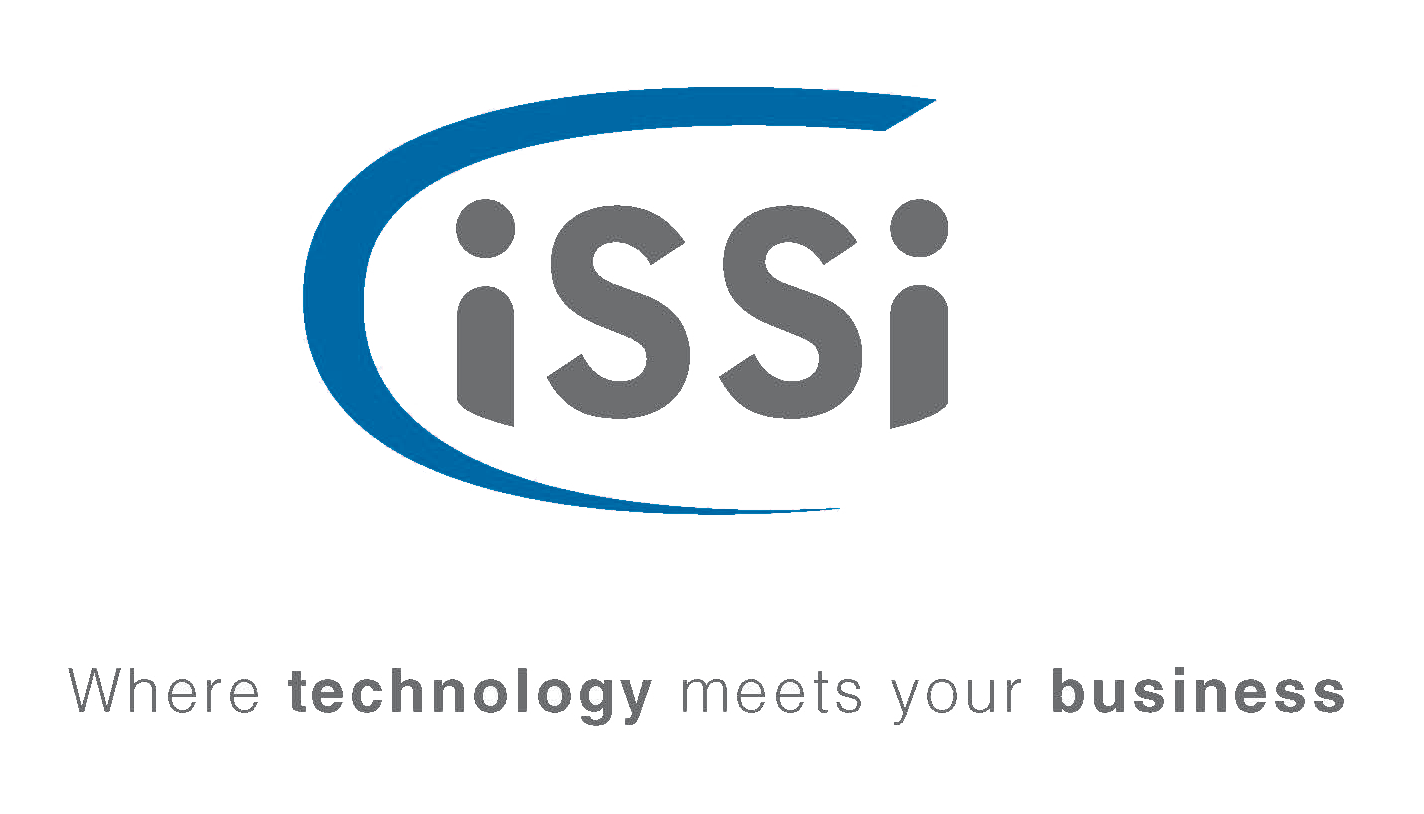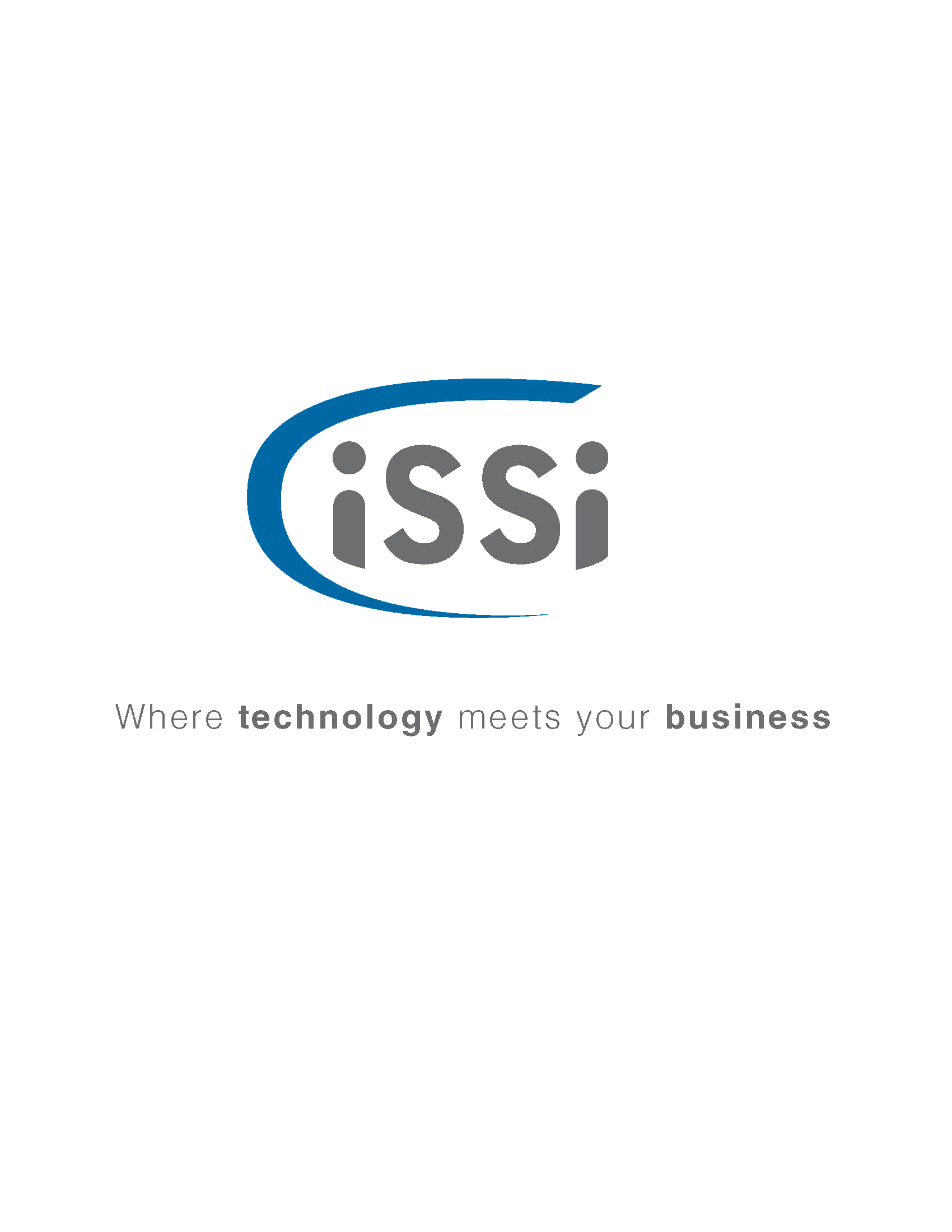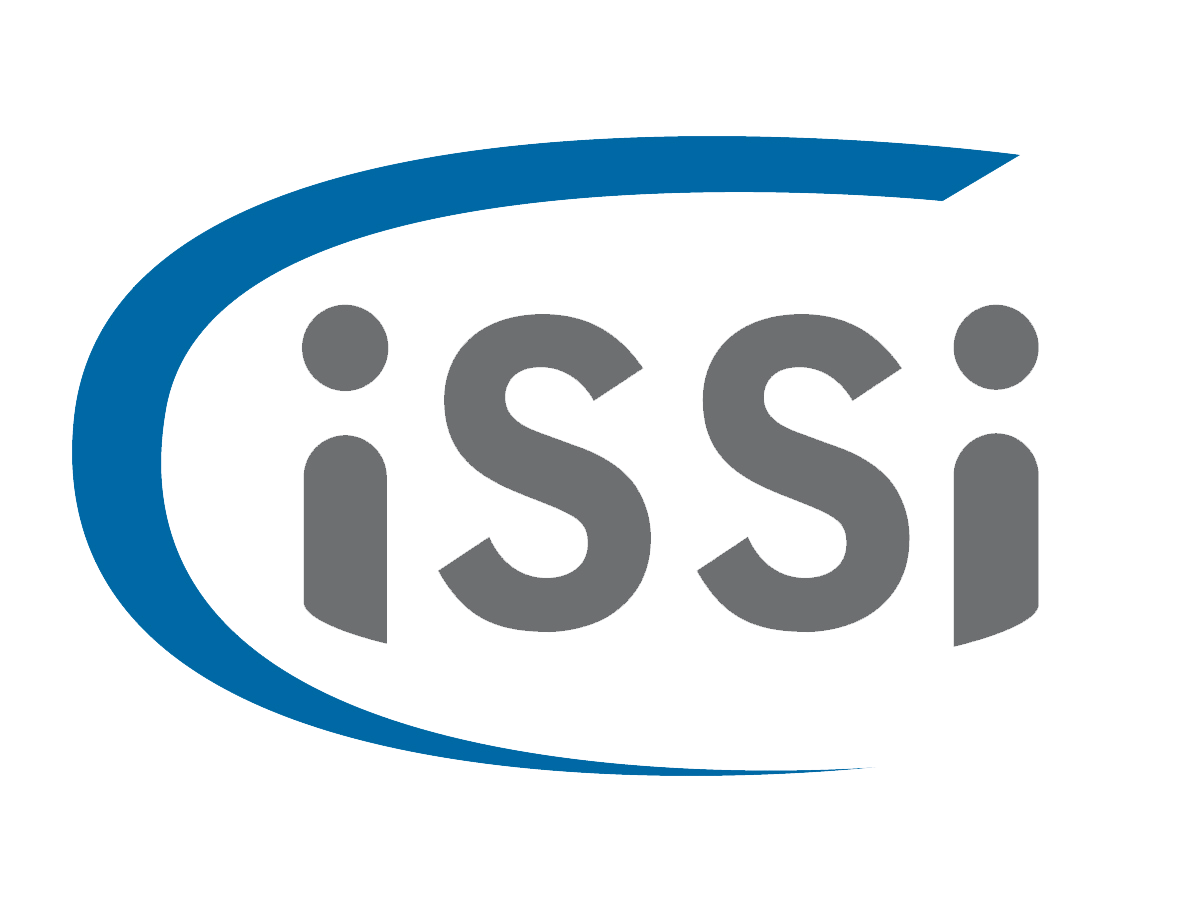Project Management in an Agile Environment
With the growing complexity and speed of change in today’s business environment, there is no one right approach towards project management. The best roadmap to take will differ by project and depend on variables such as the industry, the stakeholders, size and expertise of the team, complexity of the project, budget and timeline. However, there are tried-and-tested methodologies that can serve as frameworks for project teams to stay organized and focused on their objectives.
Traditional project management approach establishes clear deliverables on a linear timeline from the onset and is best suited to projects with a high degree of predictability. This method is not easily adaptable to technical projects where the scope is likely to change during the project and the team must be nimble and adjust their plans to respond as needed.
The Agile project management approach was developed to address the challenges that teams face when presented with complex and potentially changing deliverables. Projects of this nature often require teams of Subject Matter Experts (SME’s) to consistently interact with one another in order to develop a unique product in a timely fashion – potentially as part of a larger project deliverable. It is a method that is growing in popularity, as it complements the high level “waterfall” approach. Adopting an Agile project allows a technical team to focus on implementing the highest priority requirements first, while remaining flexible enough to react to changes without incurring much overhead. This is accomplished by working in short “Sprints” and communicating frequently amongst a “Scrum Team”. Short, frequent “Scums” are scheduled so that the team can remain in communication and ensure every team member has all information necessary to complete their assigned tasks for the current Sprint. At the end of each Sprint, the team is then able to examine any new requirements and re-prioritize tasks in the backlog before starting the next Sprint. The results of each Sprint can be presented to the client allowing more frequent communication between the technical team and any stakeholders. This process of prioritizing requirements, implementing the most pertinent ones, and then re-prioritizing allows for the scrum team to handle changing requirements without getting distracted mid sprint and is being employed in technical projects among a broad range of industries.
Role of the Project Manager
The role of the Project Manager must evolve in order to be effective in an agile environment. With agile project management, there is no single leader that gives other team members directions and makes the decisions. The agile approach emphasizes teamwork and collaboration, with team members sharing the responsibilities of a traditional Project Manager.
Scrum is a popular agile project management process that specifies two key roles, a Scrum Master and a product owner. The Scrum Master acts as a coach and facilitator, ensuring that team members are working together and communicating in the most efficient and effective manner possible. The product owner ensures that the product or deliverables are being built according to the client’s requirements and expectations. Duties such as assigning tasks is undertaken by the team.
In this type of environment, the individual who would traditionally be the Project Manager may adopt the role of a Scrum Master. However, with much larger projects that involve hundreds of people on many teams, there may be a dedicated Project Manager who is responsible for coordinating the various teams, managing the communications and tracking the progress of all teams.
As we said before, there is no one-size-fits-all solution. Depending on the specific project, you may use different approaches or even combine approaches. As Project Managers who have worked with clients across various sectors and numerous types of projects, we are constantly adapting our roles and processes in order to best meet the requirements of each project and team. If you have any questions on this topic or need help with an upcoming project, please contact us.

Pierre Roex, Project Manager

Jeff Plato, Project Manager
Follow iSSi on LinkedIn
Resources
Traditional and Agile Project Management in a Nutshell
Agile project management: A comprehensive guide








